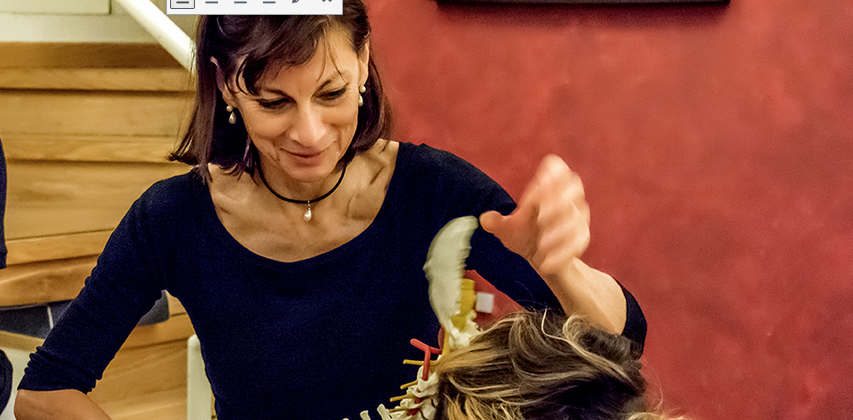Gyrotonic Headquarters Communications Director Sarah Simpson and I met up with Silvia Frosali in Münstertal, Germany to talk about the Gyrotonic Method, osteopathy, physical therapy and how these methods are complementary in rehabilitating injury.
Silvia has a studio in Florence, Italy that serves a variety of clients for general training, but mostly because they’ve heard that she is an osteopath who also works with another unique application called the Gyrotonic Method. Her husband, who is a medical doctor, osteopath, and manual therapist in other modalities, also works at the studio, often sending his clients to the Gyrotonic side of the studio for rehabilitation.
Silvia’s experiences give her a deep understanding in how to connect the pieces of using various modalities to support a client’s path toward healing from injury.
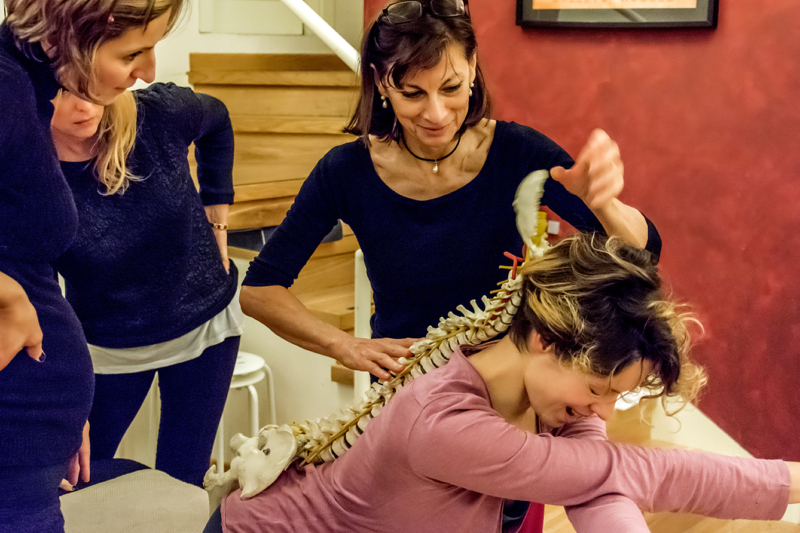
Photo provided by Silvia Frosali
Silvia Frosali
GYROTONIC® and GYROKINESIS® Master Trainer, Physical Therapist and Osteopath
Sarah: Thank you so much for talking with us, today, Sylvia. Let’s start with your background.
Silvia: I studied as a ballet dancer, so that was my profession for many years. I also moved into more modern dance. As many dancers do, I injured myself. During my career I needed a lot of help from therapists and doctors. It was always a little bit difficult to find someone who could understand the body of a dancer. So that’s where I’m coming from.
I stopped dancing after an injury to my knee. I was very lucky, because after the surgery I went back to Italy where I found the Gyrotonic Method for the first time. That was the end of the 1980s.
I actually started my rehabilitation in the hospital, but I cried every morning going there because it was so impersonal and a lot of nonsense. But once I found the Gyrotonic work, I finished my rehabilitation using that. In fact, this was great. My recovery was something that I could not have dreamed of as a dancer. Having this way of re-learning movement after such a big surgery was not common.
Cina: What are some of the things about a dancer’s body that are so difficult for people to understand?
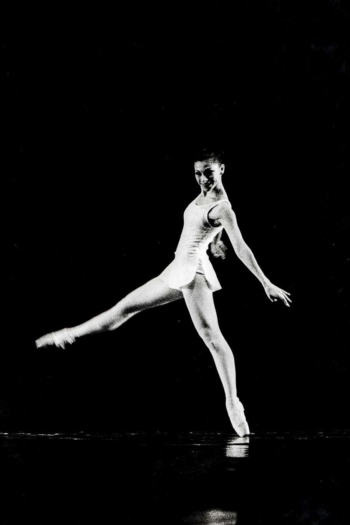
Photo provided by Silvia Frosali, her as a young dancer.
Silvia: I think in ballet and dance you take your body to extremes, just like in some sports. You have to have a doctor or therapist that understands the work that is behind the techniques.
For example, I had a doctor say to me, “You can bend forward, so why do you complain? You cannot have back pain.”
I understand that for some people who don’t have certain experiences in their own bodies, it’s quite hard to understand. It’s not that easy when you don’t specialize in, or open your eyes to, the directions of specific injuries and movements.
Cina: Will you tell us more about your specific injuries and what aspects of the Gyrotonic work really helped with your rehabilitation?
Silvia: I had a total anterior cruciate ligament rupture. The meniscus was damaged. At that time, I had the surgery that left a big scar. Today, they have a more simple way of doing that surgery. At the time, though, it was quite a big deal.
It was such a long time ago that I don’t remember specific exercises or programs that I used, but after a surgery like that, your entire body has very low vital energy. What I remember most is that the Gyrotonic work gave me the possibility to bubble up this vital energy. I remember that not just the knee, but the entire leg, the trunk, the body, my breath, nothing was really working. The aspect of working the entire body, which is what I found with the Gyrotonic Method, is what I remember the most.
This work was so different than what I was doing in the hospital. In the hospital, they divide people into two groups. Those who had surgery from the pelvis down to the feet — they all went together and were doing the same type of rehabilitation. Then, people from the pelvis up to the head, they were in the other group. I was obviously with the leg people, but there was no attention put toward the rest of the body. I felt even more dissected. So this idea that the Gyrotonic work could take the pieces and put them together was very important.
Sarah: You did your rehabilitation with the Gyrotonic work. From there to now, what has been the path for you?
Silvia: The Gyrotonic work started for me as a therapy in the body and in the head. Because I was so scared that I wouldn’t be able to move as I could before, my entire system ended up damaged by so much stress. The recovery was not only physical then, but emotional too in terms of finding confidence to start thinking again that my body could recover along with my emotional side.
After some time of doing this work, I was asked, “Do you want to become a Gyrotonic teacher?” Actually, no, it was more like, “Come, work!” That’s how my journey as a teacher began. I started, let’s say, very nervous. At the same time, I was studying physical therapy. I grew up with both modalities, and there was a growing together of the two.
Sarah: That’s an interesting process. Since you were studying these methods at the same time, how did your Gyrotonic training affect what you were learning in physical therapy?
Silvia: Actually, a lot. I went through a frustrating period, because at the time I was studying physical therapy in Italy, and it was very restricted in its thinking. It was very square, as in you have to think this way if you have this case, etc. But in fact, there’s more to it than that. The Gyrotonic work seemed to me to be a much wider world and offer a much deeper understanding of the body.
When I went into osteopathy, it was much better for me because osteopathy had more similar aspects to the Gyrotonic Method, with its spherical thinking about the body, spirit, and emotions all combined together. So this was a nice coming together with the Gyrotonic methodology.
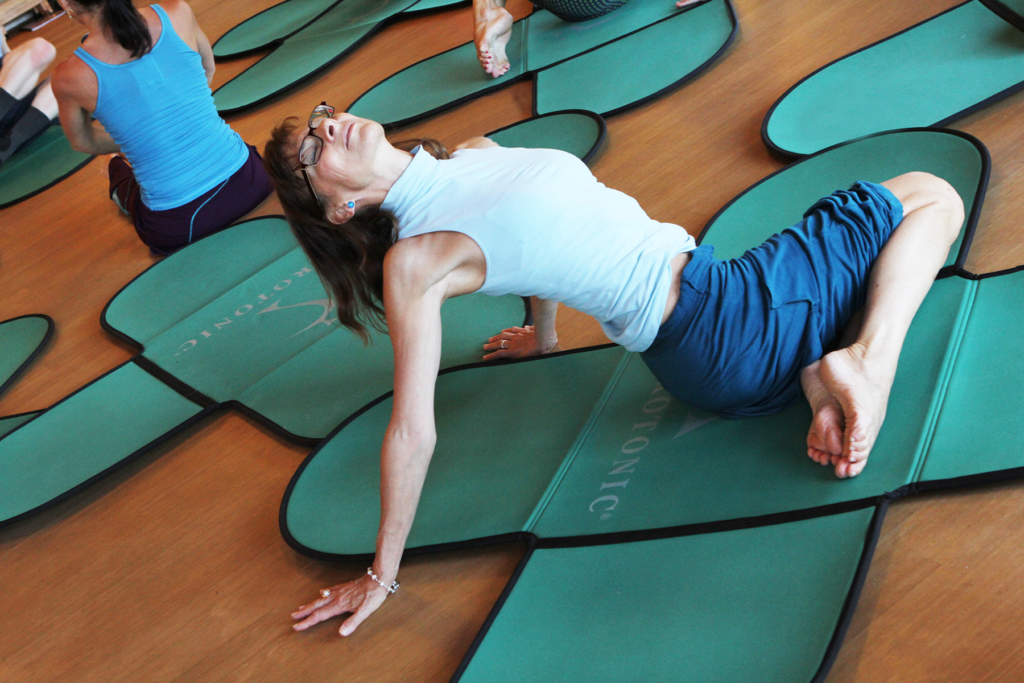
Cina: We would all like to see this work introduced more to physical therapists and osteopaths as complementary to their current work. Have you found this to be true in your work?
Silvia: Yes. For me personally, it was very much a process of trying to integrate the knowledge of each method to see how they worked together. I was always experimenting.
Now, I would say, because the Gyrotonic Method deeply helps the therapeutic work, and because nowadays physical therapy has moved into a broader understanding of the body, the gap is not as big as it used to be. I think there is a growing interest from the physical therapy field to integrate other knowledge about the body. For example, discovering the world of the fascia. Fascia is now something that we are used to hearing about, but this is quite recent.
Physical therapists, at least in Italy, but I also think world-wide, are learning about fascia. This is one of the core connecting elements in the work of the Gyrotonic method and our functions. Osteopathy has been working with fascia from the beginning, so the gaps are getting smaller, the curiosity is getting bigger, and the mentality is becoming more open. I think this is going to be the future of how we help people to recover from injuries and also learn to understand themselves.
One of the things about therapy is that therapy gives a treatment, let’s say, but if the patient doesn’t know how to apply the new information that the body receives, it’s not effective. It’s important that they are more and more conscious and that the work supports that.
Of course, if you do a treatment, it’s also very important that the patient actively does something with the new information. It’s equally important that the person giving the treatment knows how to give a client this direction. The knowledge of these various works becomes very helpful in being able to do that.
Sarah: What would you say if you were speaking to a physical therapist and they asked you, “Why should I look into the Gyrotonic Method, and what will it do for me?”
Silvia: I would first say to the person that they must experience it in their own body. I think this is the first step. A lot of therapists have a lot of knowledge, but sometimes they have a lack of experience in their own bodies. Medical doctors are often the same. I would then talk with them about their direct experience and about possible integration with their own work.
When talking to osteopaths, they are generally like, “Wow! This is movement that corresponds so much with our way of thinking and relating to the bodies of our patients.” They clearly see that the Gyrotonic work greatly respects the physical part of the body, the energetic part of movement, and the relationship between the different systems in the body. As in, it’s not just the knee, or the foot, or the back, but it’s the entire person. Osteopathy is a holistic way to read and treat the person. The Gyrotonic work corresponds perfectly with that.
Sarah: One more question. You have a specialized course in the Gyrotonic Method. Please tell us about that.
Silvia: Actually, I was asked to create a three-day course called Gyrotonic Principles in the Context of Osteopathy. I wasn’t sure how I was going create something for only three days. There is so much material for the Gyrotonic work and for osteopathy. Also, I wasn’t sure how it would work with different students coming from different backgrounds, like dancers who have less experience, or a physical therapist, or an osteopath who can come with a different set of experiences. I had to challenge myself to find different aspects that would work together and put them together to teach something in a short amount of time.
It did all come together, and now I really enjoy teaching this course. What I do is try to give the Gyrotonic teacher a way of looking at the work through the eyes of an osteopath. Sometimes teachers tell me, “My client is doing so well and has no more back pain, but I don’t know what I’ve done.” Sometimes in the course you can find interpretations in both of these works that can help them understand. For example, the pain in the back may be reduced because the intestines may have been freed up and the organ function got better through the movement.
Sarah: Who is your course for? Who would you recommend it to?
Silvia: Any Gyrotonic teacher, really. It’s based on the Level One material, but some of the movements and exercises are simplified for specific problems. We often dissect the movements and modify appropriately. We also use some osteopathic principles and combine them with Gyrotonic movements. This course is for any Gyrotonic trainer who wants know about these various aspects and how they work together.
Leave a comment below with your thoughts!
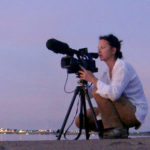
Cina Canada is a GYROTONIC® Trainer and the Media Coordinator for GYROTONIC® International Headquarters.
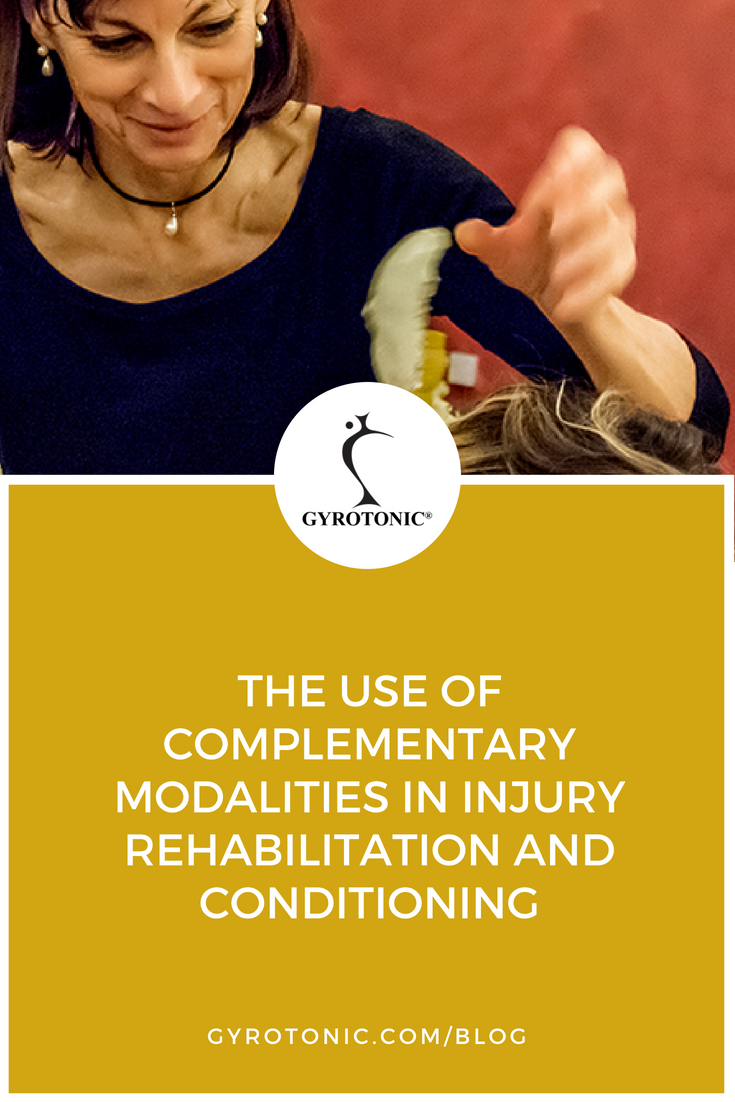
Pin for later!

